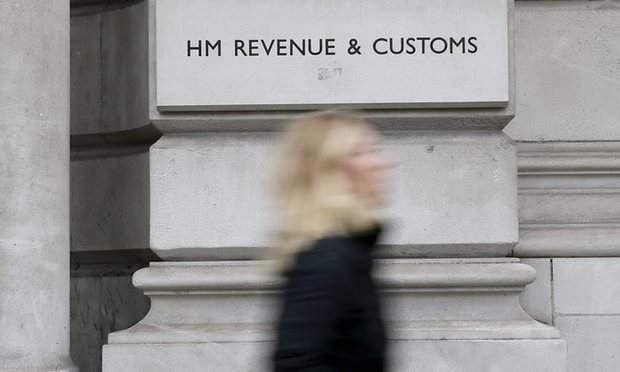
James Hall on how the Revenue’s new interest in the investor schemes can impact HNWs.
The media has been hot and heavy on the topic of tax mitigation schemes in recent years, fuelled by celebrity investors combined with HMRC’s continued cracking down on these schemes, which run the risk of getting muddled up with tax avoidance or evasion schemes. HNWs make up the vast majority of investors of these schemes, and the legal deadlines for bringing claims against those who advised on these schemes are, in many cases, at risk of running out.
This article looks into dedicated tax mitigation schemes that are increasingly denied tax relief by HMRC.
In terms of legal time limits, the Limitation Act 1980 provides the relevant deadlines for claims including negligence, misrepresentation, breach of the FCA Handbook rules and breach of contract, the starting point for which is six years. This usually runs from around the time the investment was entered into though the precise date is very fact-sensitive.
Many tax mitigation schemes are intended to play out over a period of many years (e.g. in the classic film finance sale and leaseback-type scheme, say fifteen years); and HMRC have previously not been particularly quick at pursuing/closing tax enquiries which can then end up going through the court system when the investor disagrees with HMRC’s assessment. Investors often do not realise that they could suffer a substantial loss arising out of a scheme until either shortly before or, perhaps more often, after the six-year starting point deadlines mentioned above have expired.
In those circumstances, in order to still be able to bring a claim the investor will need to rely on the section of the 1980 Act which provides for postponement of start date for the six-year period where there is fraud, mistake (of a very specific kind) or deliberate concealment (though these are often hard to prove); or otherwise rely on a section of the law which relates to negligence and provides an alternative deadline of three years from the ‘date of knowledge’ of the loss and of who may have caused it – this is likely to be the investor’s best hope for preserving their claim.
The law provides that knowledge can be ‘actual’ or ‘constructive’. ‘Constructive’ means such knowledge as might reasonably be expected given the facts known to the investor or which they could acquire from such expert advice (e.g. of a lawyer or other financial adviser) that they might reasonably be expected to seek. The legal threshold for knowledge is a low, and not a terribly clear one: simply, enough knowledge to ‘make it reasonable for [the investor] to begin to investigate whether [he or] she has a case against the [adviser]’.
In the context of tax mitigation scheme cases, the initiation of the enquiry by HMRC might be enough to trigger ‘knowledge’ – but enquiries have often been appealed (with mixed results) and investors are often wrongly reassured during such enquiries that they are routine and that HMRC will fail in their attempts to deny the tax relief (though in reality they rarely do fail). When an investor could be expected to have ‘twigged’ that they might have a claim against their financial advisor also depends on how strident the original advice was, and how stark (in comparison) the position turns out to be once HMRC expresses their view.
The key message to take from the above is that the date of knowledge in any given investor’s case is extremely fact-sensitive. However, this is well-known to the professional indemnity insurers of financial advisers, who may take a relatively risk-averse approach when an otherwise valid claim is presented to them.
A key recent development, in the uncovering of such potential claims, is the introduction in 2014 of Follower Notices and Accelerated Payment Notices (APNs). Although there was talk of over 40,000 such APNs being issued, it is unclear how many have been served or actually followed up. Effectively, an APN is HMRC (often) saying ‘your scheme is the same as or similar to a scheme that has been successfully challenged’. The receipt of an APN therefore provides another potential trigger for ‘knowledge’ under the alternative three-year deadline.
Any HNW investor who has invested in a tax mitigation scheme, and who is the subject of an HMRC enquiry or has received an APN, would be well advised to take independent legal advice at the earliest opportunity as to the deadline by which any claim must be brought.
James Hall is a barrister at Hardwicke Chambers






